In the Summary of Opinions from BoJ’s March meeting, many members expressed support for continuing with the current monetary easing and yield curve control. However, there were also discussions on potential side effects and concerns related to the policy.
One member acknowledged the side effects of the current monetary easing, such as distortions in the yield curve. They stressed the need for BoJ to examine market functioning without preconceptions while assessing the balance between positive effects and side effects. Nonetheless, this member believed that the bank should “persistently continue with large-scale monetary easing” in the current phase.
Another member commented that it would take time to examine the effects of modifications in yield curve control on market functioning. They expect that when observed CPI inflation declines and market projections of interest rates calm down, “distortions on the yield curve are expected to be corrected”.
A member warned against hasty policy changes, stating that the risk of missing the chance to achieve the price stability target should be considered more significant than the risk of delaying policy changes, given the current improvements in the price environment.
Another member emphasized the importance of BoJ maintaining its commitment to the 2% price stability target. They argued that starting a discussion on the target could lead to “unnecessary speculation” on monetary policy conduct, despite the growing possibility of achieving the target. Similarly, this member saw no need to revise the joint statement of the government and BoJ.




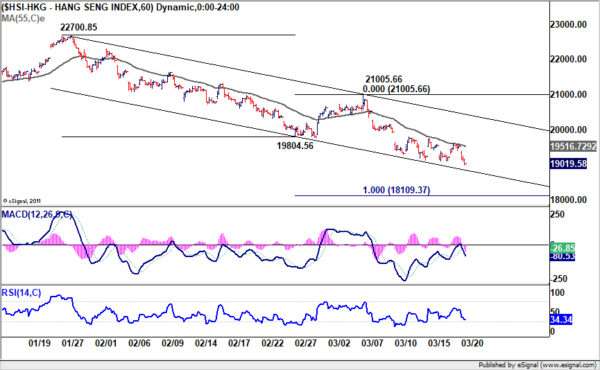

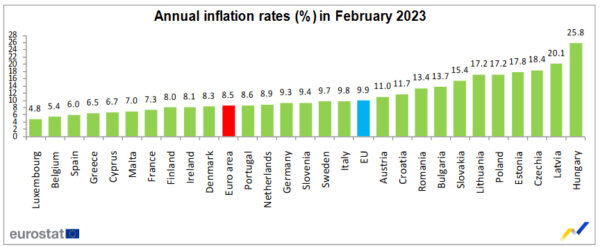
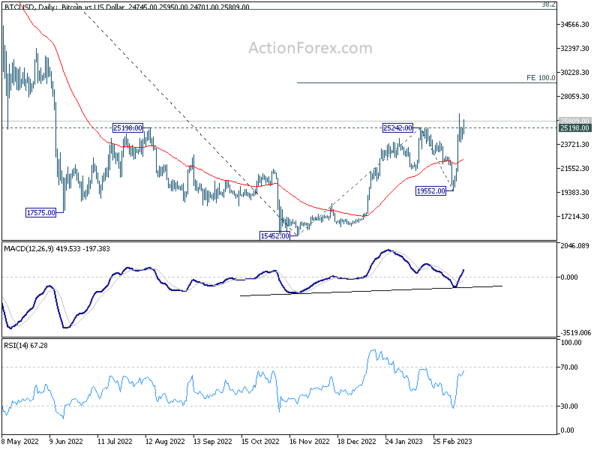
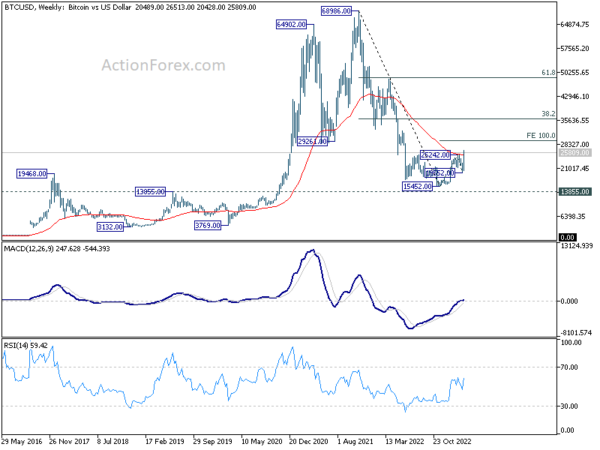
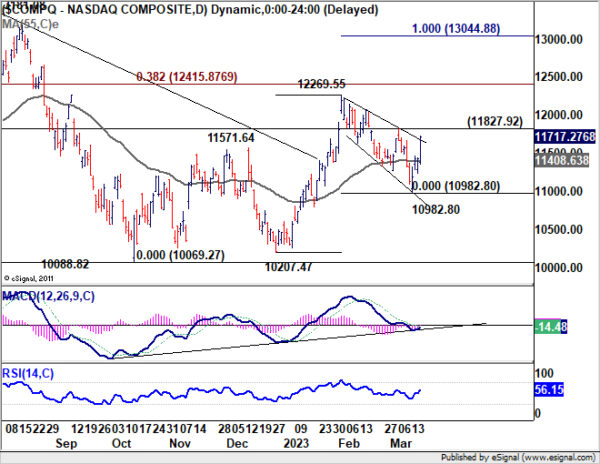

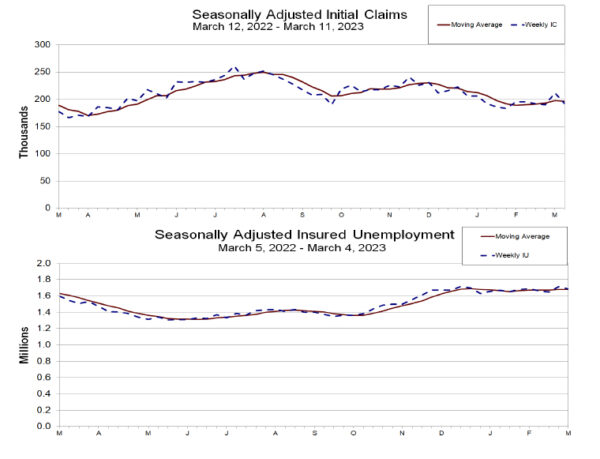
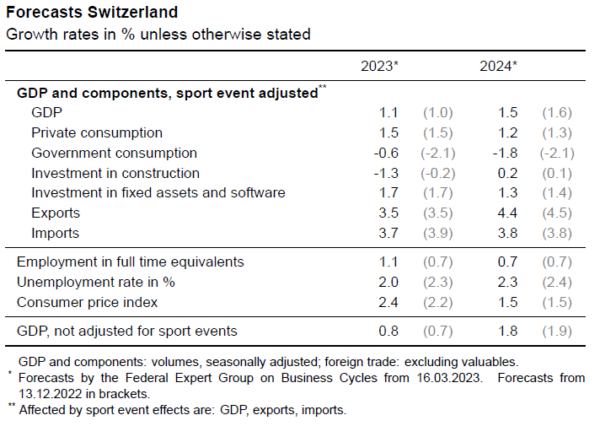
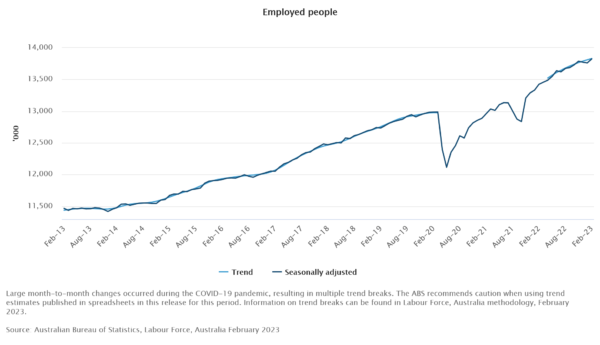
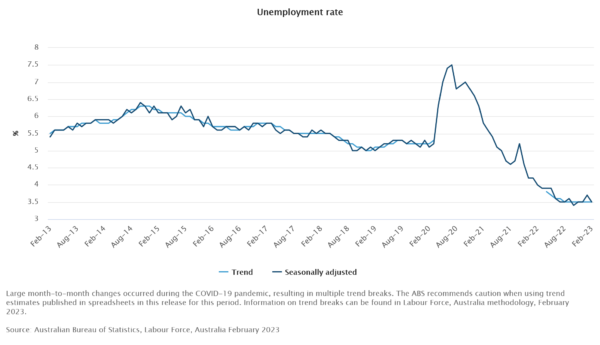
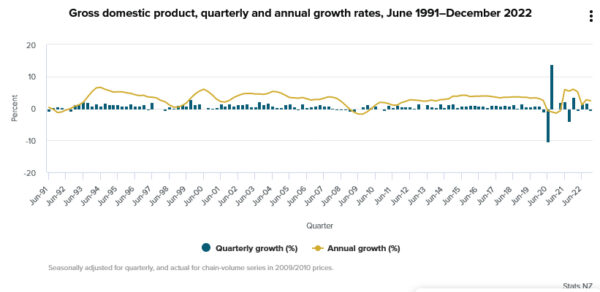
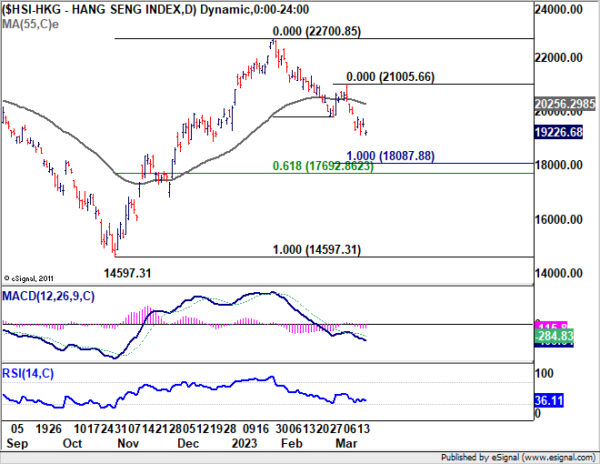
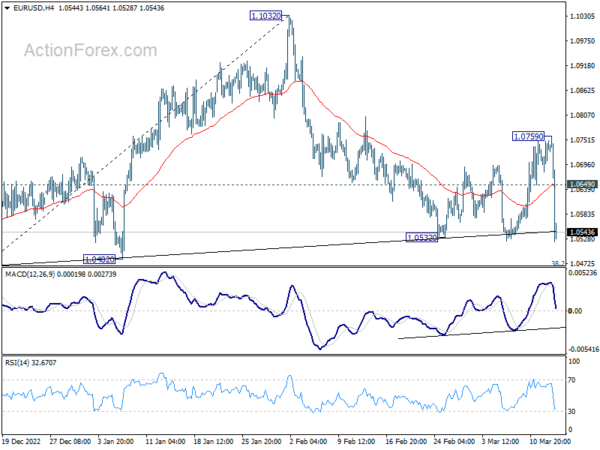
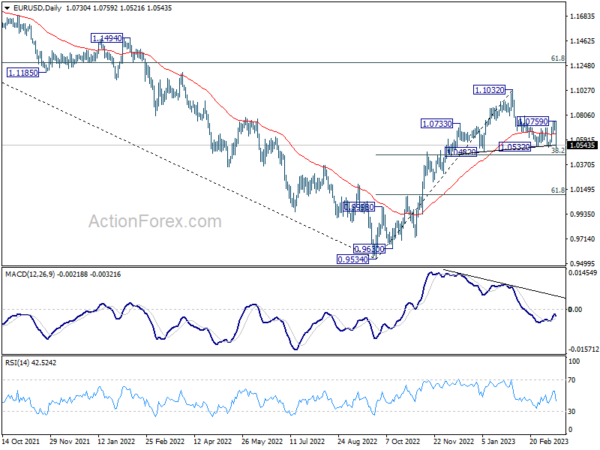
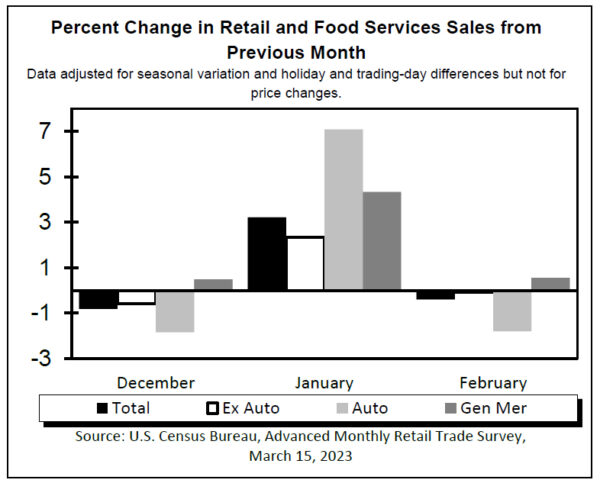
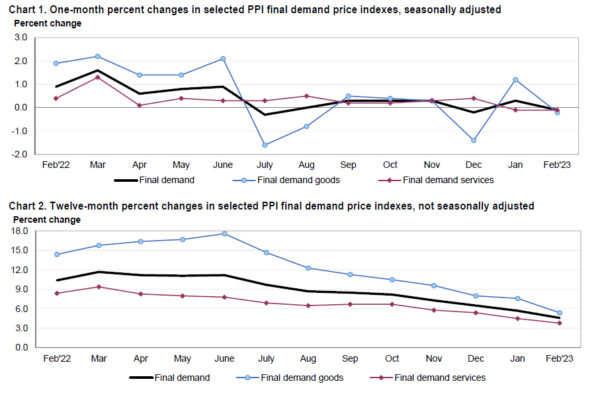

Gold hits record against Aussie, breaks 2000 against Dollar
Gold breaks above 2000 handle against US Dollar today, and even hit a new record high surpasses 3000 handle against Australian Dollar . Risk selloff picks up momentum as European investors start to react to weekend’s news about UBS takeover of the troubled Credit Suisse. Apparently, the announcement did little to calm investors’ nerve.
For XAU/AUD, it broke through 2873.61 record high (made in 2020) last week and the up trend continues today. For now, near term outlook will stay bullish as long as 2871.30 support holds. Immediate focus is on 100% projection of 2438.01 to 2795.89 from 2648.89 at 3006.77. Sustained break there could prompt further upside acceleration to 161.8% projection at 3227.93. That level is close to long term level of 61.8% projection of 1604.40 to 2873.61 from 2438.01 at 3222.38.
Meanwhile XAU/USD’s rise from 1614.60 is on track to 61.8% projection of 1614.60 to 1959.47 from 1804.48 at 2017.60. A firm break through this level will pave the way for a retest of the 2074.84 record high. In any case, outlook in XAU/USD will remain bullish as long as 1936.15 resistance turned support holds. The long-term uptrend could also be set to resume, potentially reaching 61.8% projection of 1160.17 to 2074.85 from 1614.60 at 2179.86.